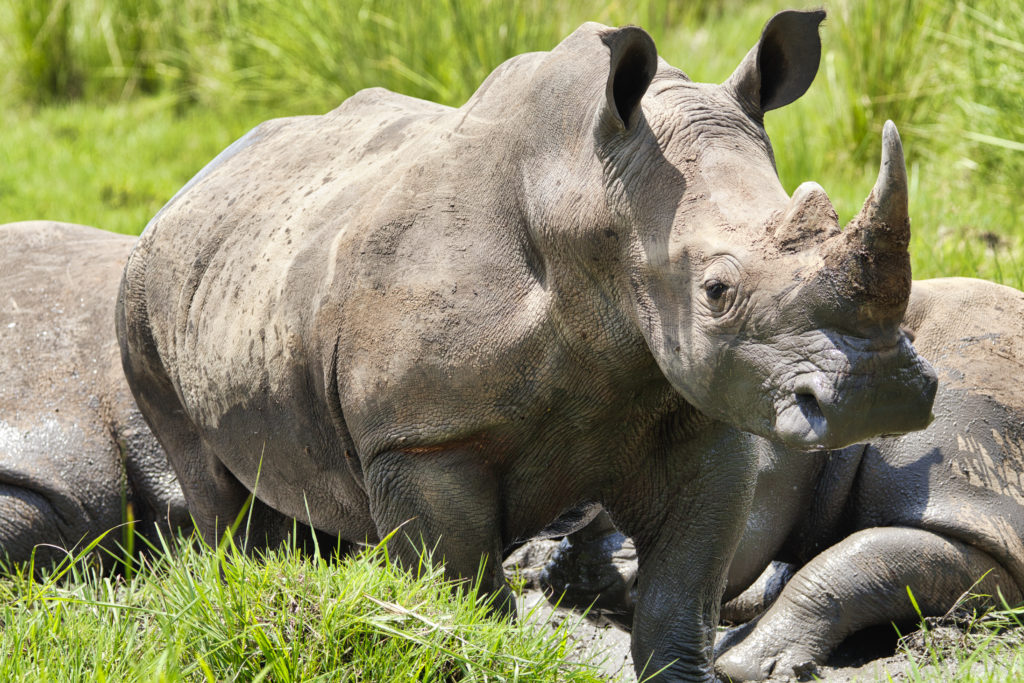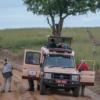Explore 6 Stunning East Africa Hikes & Treks
Have you ever wondered what it would be like to conquer towering peaks and immerse yourself in breathtaking landscapes? With this guide to East Africa’s best hikes and treks, you’ll be more ready than ever.
East Africa is home to some of the most remarkable mountains in the world, offering unparalleled opportunities for adventure seekers and nature lovers alike.
Though you’ve likely heard of Mt. Kilimanjaro, one of East Africa’s biggest mountains and the world’s largest free-standing mountain, you may not know that the whole region is filled with incredible opportunities for hiking. That includes Tanzania, Kenya, Uganda, Rwanda, and Ethiopia.
Today, we’re sharing our six of our favorite East Africa hikes and treks, so get ready to discover the heights, best times to hike, wildlife encounters, and other fascinating aspects of each mountain.
Mount Kilimanjaro, Tanzania
Standing tall as the highest mountain in Africa, Mount Kilimanjaro captivates adventurers from around the globe. Reaching an astounding height of 5,895 meters (19,341 feet), this dormant volcano presents an extraordinary challenge and rewards hikers with breathtaking vistas.
The best times to conquer Kilimanjaro are during the dry seasons from January to February and June to October. The hike to the summit typically takes around 5-9 days, depending on the route chosen.
As you ascend, you’ll witness an astonishing array of ecosystems, from lush rainforests to alpine deserts. Keep an eye out for unique wildlife species such as colobus monkeys, elephants, and the elusive Kilimanjaro tree hyrax. Accompanied by experienced guides, you’ll make unforgettable memories as you push your limits and stand triumphantly atop the “Roof of Africa.”
Mount Kenya, Kenya
Located in the heart of Kenya, Mount Kenya is the country’s highest peak and a UNESCO World Heritage Site. This stratovolcano reaches an impressive height of 5,199 meters (17,057 feet) and offers an exhilarating climbing experience.
The best time to hike Mount Kenya is during the dry seasons from January to February and July to October. The ascent to the summit typically takes 4-6 days.
Mount Kenya’s diverse terrain encompasses dense forests, bamboo groves, and alpine meadows.
Here, you can encounter unique wildlife such as buffalos, elephants, and the elusive bongo antelope. Along with skilled guides, you’ll navigate through challenging rock formations and glacier-carved valleys, rewarding your efforts with breathtaking views of the surrounding landscape.
Mount Stanley, Rwenzori Mountains, Uganda
Venture to the enchanting Rwenzori Mountains in Uganda and prepare to be amazed by Mount Stanley, the third highest peak in Africa. This mountain range, also known as the “Mountains of the Moon,” boasts stunning beauty and unparalleled biodiversity. With its highest peak, Margherita, towering at 5,109 meters (16,763 feet), Mount Stanley offers an unforgettable climbing experience.
The best time to hike Mount Stanley is during the dry seasons from December to February and June to August. The trek to the summit generally takes 7-9 days, traversing through diverse ecosystems like dense montane forests, bamboo zones, and snow-capped peaks.
Keep your camera ready to capture sightings of unique wildlife, including chimpanzees, colobus monkeys, and various bird species. For more on what it’d be like to hike to Mount Stanley, you can also review our Summit Uganda tour here.
Mount Meru, Tanzania
Often overshadowed by its majestic neighbor Kilimanjaro, Mount Meru in Tanzania holds its own allure for adventurers seeking a thrilling mountain experience. Rising to an impressive height of 4,566 meters (14,980 feet), this dormant volcano offers breathtaking scenery and a less crowded alternative to Kilimanjaro.
The best times to hike Mount Meru are from June to October and December to February. The climb typically takes 3-4 days.
As you ascend Mount Meru, you’ll traverse through lush montane forests, heather zones, and rocky landscapes. The varied flora and fauna will captivate you, and you may even spot giraffes, buffalos, and abundant birdlife. Reaching the summit, you’ll be greeted by panoramic views of Mount Kilimanjaro and the surrounding plains, making your accomplishment all the more rewarding.
Ras Dashen, Ethiopia
Welcome to the rugged and awe-inspiring Simien Mountains in Ethiopia, where Ras Dashen reigns as the highest peak. At an impressive elevation of 4,550 meters (14,928 feet), Ras Dashen offers a captivating hiking experience through dramatic landscapes and endemic wildlife habitats.
The best time to embark on this adventure is during the dry seasons from October to March. The climb to the summit usually takes 4-6 days.
The Simien Mountains are renowned for their unique biodiversity, including the endemic Gelada baboons and the Ethiopian wolf. As you navigate steep escarpments and majestic plateaus, you’ll witness breathtaking vistas and encounter awe-inspiring wildlife. Ras Dashen promises a challenging yet rewarding journey that will leave you with a deep appreciation for the wonders of nature.
Mount Karisimbi, Rwanda / DRC
Located on the border of Rwanda and the Democratic Republic of Congo, Mount Karisimbi offers intrepid explorers an extraordinary adventure. With a towering height of 4,507 meters (14,787 feet), this stratovolcano is one of the eight volcanoes in the Virunga Massif.
The best time to hike Mount Karisimbi is during the dry seasons from June to September and December to February. The ascent typically takes 2 days.
As you make your way up Mount Karisimbi, you’ll pass through beautiful bamboo forests, misty valleys, and alpine meadows. This region is known for its diverse wildlife, including mountain gorillas, golden monkeys, and a variety of bird species. The rugged beauty and the unique opportunity to encounter critically endangered mountain gorillas make Mount Karisimbi a must-visit destination for nature enthusiasts.
Plan Your East Africa Hiking Adventure with Kikooko Africa Safaris
Ready to embark on an unforgettable mountain expedition in East Africa?
At Kikooko Africa Safaris, we specialize in crafting customized safaris that connect you to the wonders of the region while supporting local communities.
Whether you dream of conquering Kilimanjaro, hiking Mount Stanley and the Mountains of the Moon, or exploring other East African destinations, our experienced team is here to turn your travel aspirations into reality.

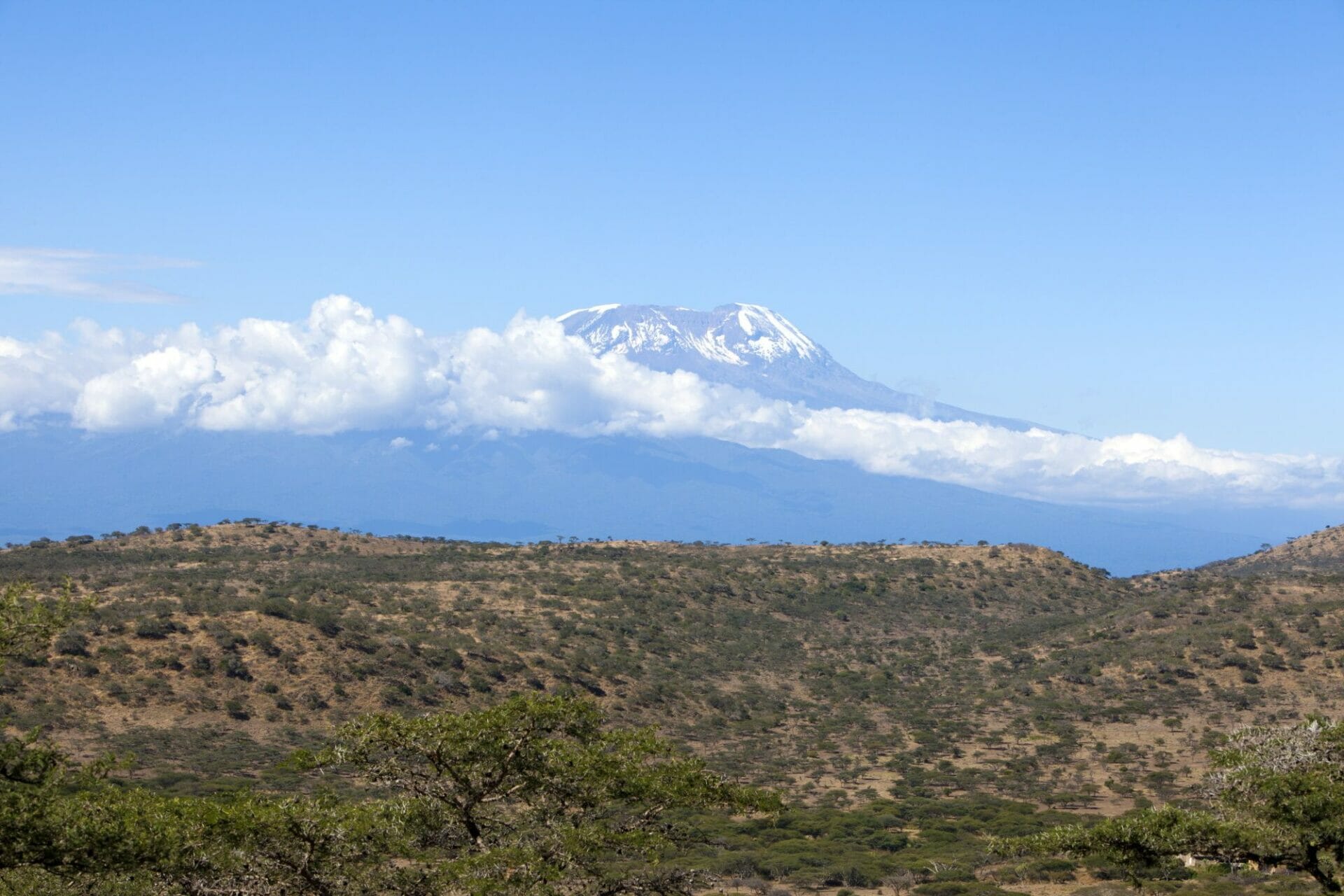
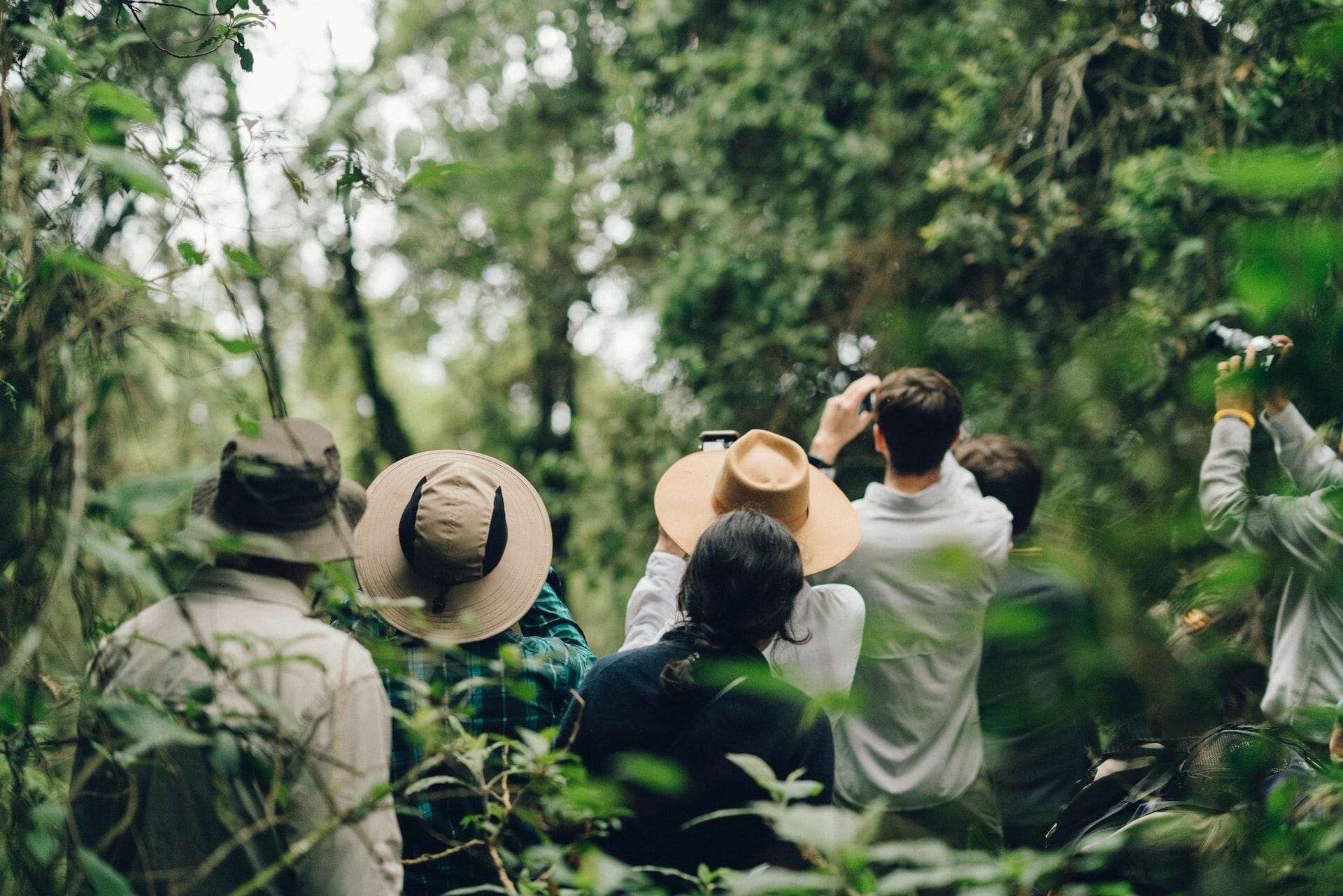
 Covering nearly 100,00 hectares of western Uganda, the Rwenzori Mountains National Park also has Africa’s third highest peak (Mount Margherita: 5,109 m). Surprising to many visitors, there are not just waterfalls and lakes but glaciers, too.
Covering nearly 100,00 hectares of western Uganda, the Rwenzori Mountains National Park also has Africa’s third highest peak (Mount Margherita: 5,109 m). Surprising to many visitors, there are not just waterfalls and lakes but glaciers, too. 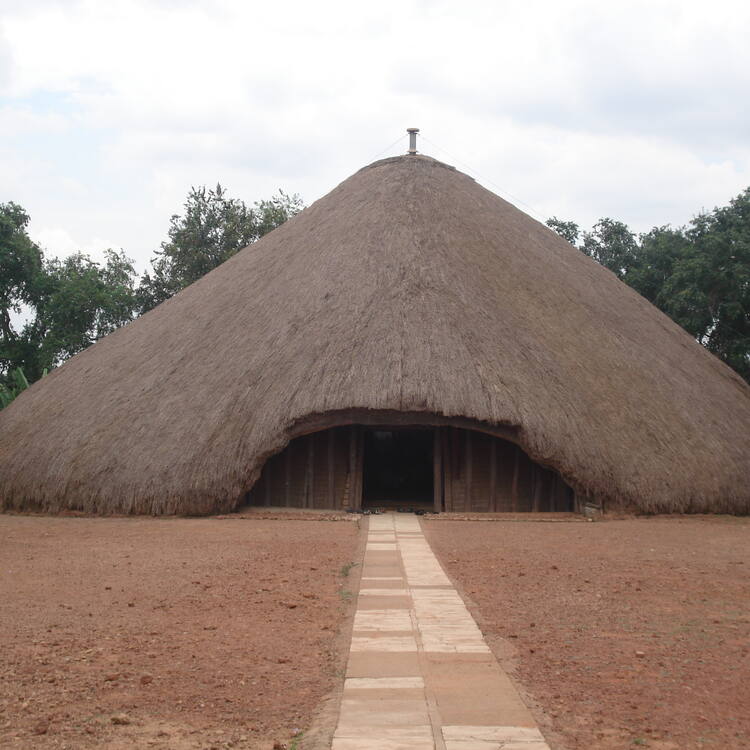
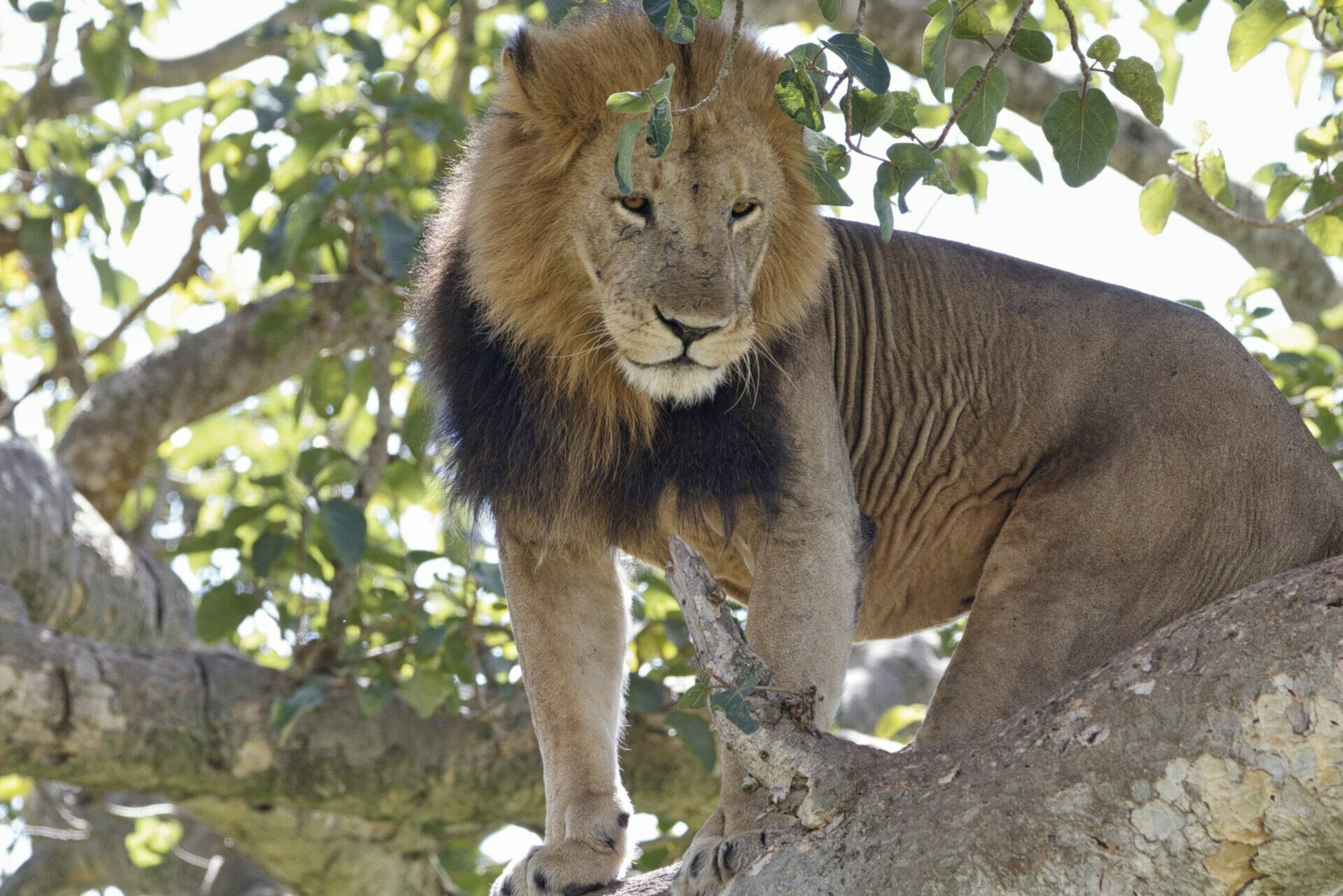
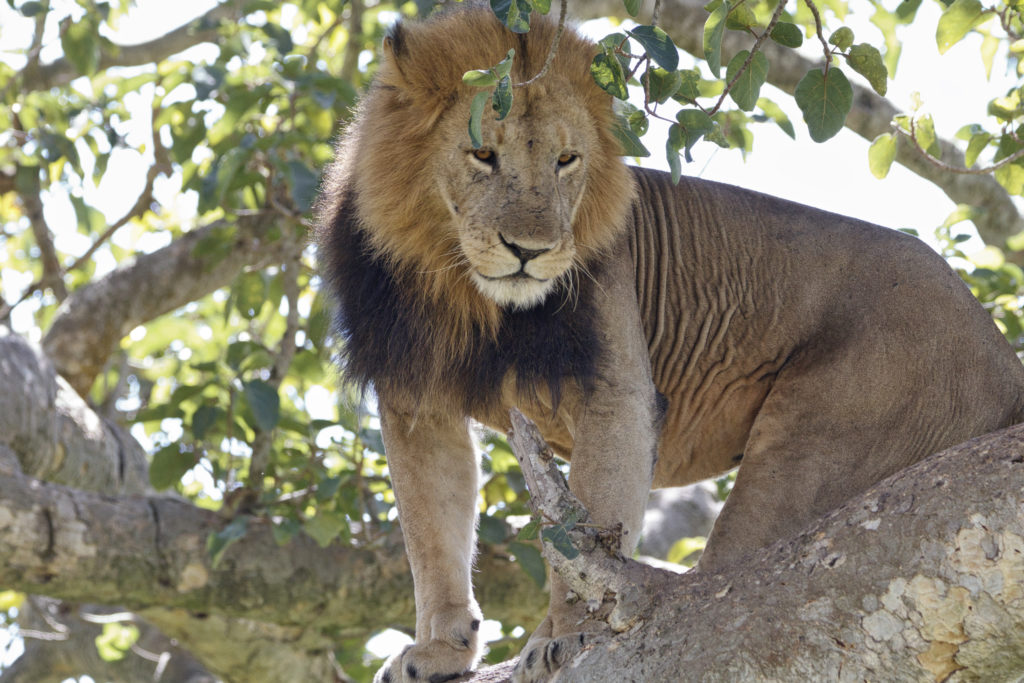
 The most elusive Big 5 animals, leopards, are scarce. Tourists who encounter these in-game drives are pretty fortunate. It’s also why it’s rare to find a tour operator who can give you a 100% guarantee to see every animal on the list. Leopards make habitats of rocky landscapes although they are also very adaptive and have been found in other areas. They love hunting at night and spend most of the day resting in tree branches.
The most elusive Big 5 animals, leopards, are scarce. Tourists who encounter these in-game drives are pretty fortunate. It’s also why it’s rare to find a tour operator who can give you a 100% guarantee to see every animal on the list. Leopards make habitats of rocky landscapes although they are also very adaptive and have been found in other areas. They love hunting at night and spend most of the day resting in tree branches. And whereas the African elephant is the biggest of the land animals, it is the most threatened by poachers thanks to its tusks which have a lucrative ivory business. Elephants are inherent to 37 countries on the African continent and are reported to be over 415,000 in the world. But, unfortunately, it is said that about 8% of that number is poached every year.
And whereas the African elephant is the biggest of the land animals, it is the most threatened by poachers thanks to its tusks which have a lucrative ivory business. Elephants are inherent to 37 countries on the African continent and are reported to be over 415,000 in the world. But, unfortunately, it is said that about 8% of that number is poached every year. 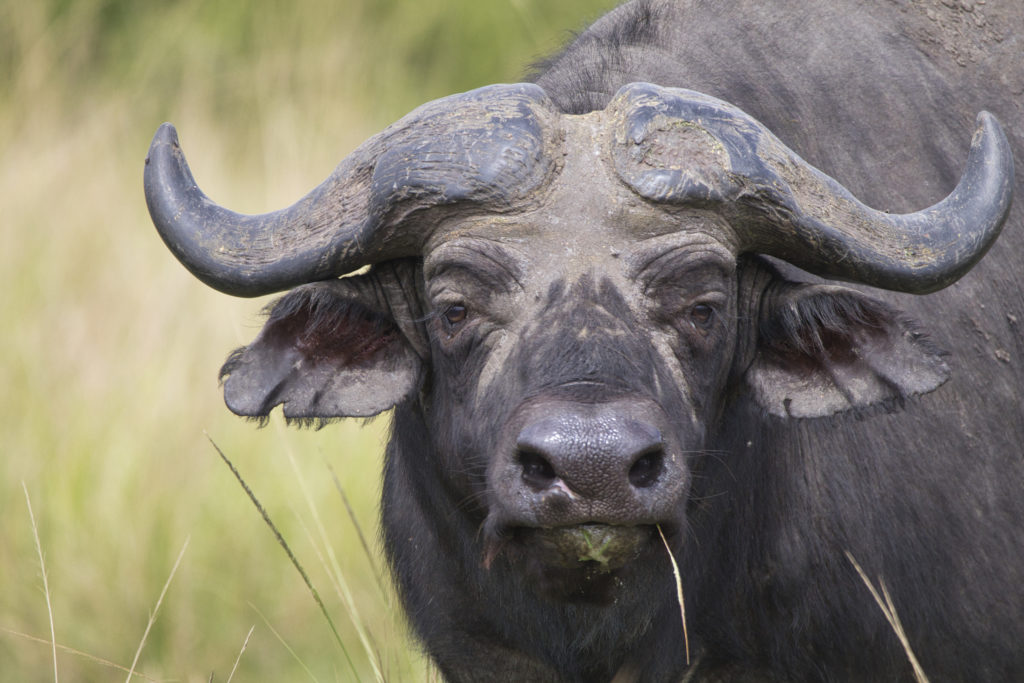 Nicknamed the “The Widowmaker,” the Cape buffalo was once considered the hardest to hunt in the Big 5 due to its unpredictable behavior. And unlike the other members of the Big 5, the Cape buffalo will fight off most of its predators.
Nicknamed the “The Widowmaker,” the Cape buffalo was once considered the hardest to hunt in the Big 5 due to its unpredictable behavior. And unlike the other members of the Big 5, the Cape buffalo will fight off most of its predators. 